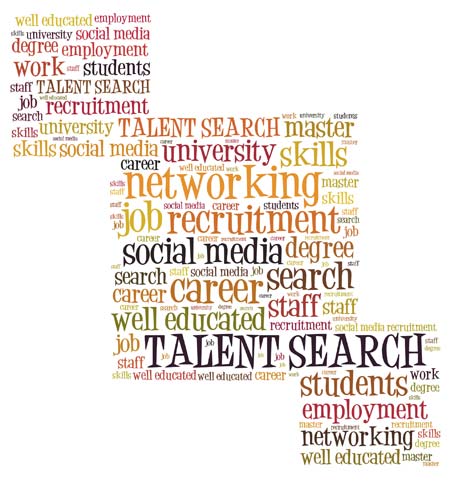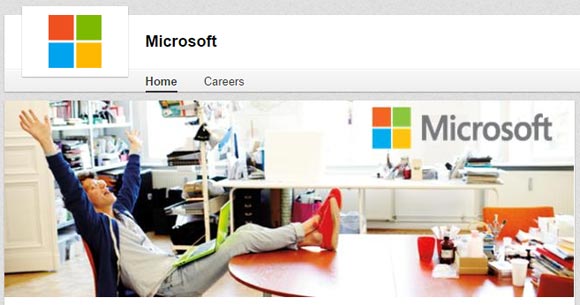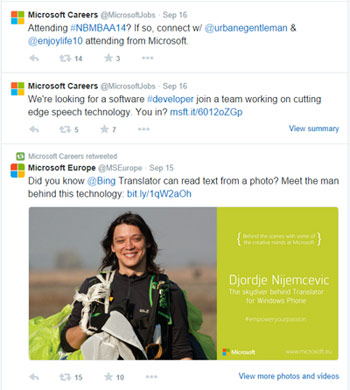 Is your Chief Marketing Officer (or Chief Brand Officer – or whatever title you use to refer to the executive who is responsible for your company’s brands) agile? If your CMO isn’t agile, you’re losing money.
Is your Chief Marketing Officer (or Chief Brand Officer – or whatever title you use to refer to the executive who is responsible for your company’s brands) agile? If your CMO isn’t agile, you’re losing money.
That’s according to a new research report, The Agile Enterprise, from Korn Ferry, a leadership and talent consulting firm. According to the firm’s research, companies with highly agile executives have 25% higher profit margins compared with their peer companies.
That 25% is not a figure that should be ignored! However, the research found that agility isn’t one size fits all. Depending on the executive’s industry, the company’s micro- and macro-environment, and the company’s goals, the executive’s agility might have to be stronger in one area than another.
Specifically, Korn Ferry measured five areas of agility: self-awareness, mental, people, change, and results. An executive who is leading a company through new product and brand launches needs to be particularly strong in mental agility. They need to be innovators who can seize new ideas and opportunities. An executive who is working through developing a new brand architecture following a merger or acquisition needs to have strong people agility to bring disparate teams together and make the new brand architecture work.
Given the fast-changing business world, agility is a requirement today, and company’s that can’t get out of their own way eventually pay the price. Remember, business is cyclical. Companies merge and grow bigger and bigger until finally, they break apart again. Having an agile CMO is critical to brand growth, but unless the company culture prioritizes agility, even the most agile CMO will achieve limited success.
In other words, hiring agile executives comes second. First, companies need to commit to developing the processes and systems that will enable all employees, including executives, to be agile. It ties back to lean operations strategies where decisions are made for the customer and those decisions are pushed down to the lowest possible level. Employees are empowered to make the right decisions for the customer on a daily basis, and they have the flexibility to do so.
Remember, an agile person or an agile work style won’t help a company or brand if that agile person can’t truly act in an agile way on a daily basis. If the barriers to agility aren’t removed, even the most agile person will be stopped in their tracks. The companies that understand this will reap the rewards.
Image: Steven Goodwin
 For the past 14 years, MailerMailer has been conducting an annual email marketing study. This year’s
For the past 14 years, MailerMailer has been conducting an annual email marketing study. This year’s 


 Carl Jones is Founder and Managing Director of online IT skills testing company Technically Compatible. A business enthusiast, Carl has worked in the software industry for 10 years in a number of senior sales and management capacities. Before founding Technically Compatible, he was a board level executive of The Test Factory, helping achieve an 8 figure acquisition before moving on. Carl is a passionate entrepreneur with a keen interest in leveraging best of breed technology to launch disruptive businesses and has keynoted at several international conferences. Holding a Bachelors Degree from Newcastle Business School and an MBA candidate with Durham University, Carl believes in continual progress in himself as well as in his business.
Carl Jones is Founder and Managing Director of online IT skills testing company Technically Compatible. A business enthusiast, Carl has worked in the software industry for 10 years in a number of senior sales and management capacities. Before founding Technically Compatible, he was a board level executive of The Test Factory, helping achieve an 8 figure acquisition before moving on. Carl is a passionate entrepreneur with a keen interest in leveraging best of breed technology to launch disruptive businesses and has keynoted at several international conferences. Holding a Bachelors Degree from Newcastle Business School and an MBA candidate with Durham University, Carl believes in continual progress in himself as well as in his business. More than one out of two American mobile device users (58%) prefer to download mobile apps that are free but include in-app advertising than apps that cost money to download or require payment within the app later to access additional features. This data comes from October 2014
More than one out of two American mobile device users (58%) prefer to download mobile apps that are free but include in-app advertising than apps that cost money to download or require payment within the app later to access additional features. This data comes from October 2014  Brands are consistently challenged when it comes to connecting with millennials on social media. This is an audience that isn’t quick to like a brand on Facebook, but there are some brands that are succeeding. In fact, some of those brands might surprise you.
Brands are consistently challenged when it comes to connecting with millennials on social media. This is an audience that isn’t quick to like a brand on Facebook, but there are some brands that are succeeding. In fact, some of those brands might surprise you. There is a gap between marketing technology, data, strategy and results. For marketers who are in the trenches marketing brands every day, this statement isn’t surprising. It’s simply a statement of fact. Yes, there are tons of tools available to integrate technology into marketing strategy, leverage massive amounts of data, and drive big results. However, actually using those tools to attain those big results is a hurdle that most marketers are still far from surmounting.
There is a gap between marketing technology, data, strategy and results. For marketers who are in the trenches marketing brands every day, this statement isn’t surprising. It’s simply a statement of fact. Yes, there are tons of tools available to integrate technology into marketing strategy, leverage massive amounts of data, and drive big results. However, actually using those tools to attain those big results is a hurdle that most marketers are still far from surmounting.